AMD Announces Ryzen 5 Processors; $169 Four-Cores And $219 Six-Cores; AMD Confirms 2+2 Alignment
We're still exploring the Ryzen 7 processors, but AMD is forging ahead quickly with its Ryzen 5 lineup. The new Ryzen 5 processors take aim at the heart of the market with 6-core and 4-core variants at competitive price points lining up against Intel's four-core i5 series. AMD has the core count advantage in its shockingly low price range, but it hasn't released many technical details. We do know that the processors will come to market on April 11, and AMD will release more details as review units begin shipping in a few weeks.
How To Disrupt The Market

Like their Ryzen 7 siblings, all of the Ryzen 5 processors come with an unlocked multiplier and the SenseMI suite. None of the new models come with integrated graphics.
The Ryzen 5 1600X comes to market as the flagship offering, but it carries a budget price. AMD offers six cores and twelve threads for a mere $249. The 1600X wields a 3.6/4.0 GHz base/boost frequency and 16MB of L3 cache, but the company hasn't revealed the XFR clocks. We do know that it features a 95W TDP, which is the same as the Ryzen 7 1800X and 1700X. The CCX alignment is important, but we'll dive back in on that shortly with some context.
From a pricing perspective, a $249 six-core/twelve-thread chip is rather impressive compared to a $350 four-core/eight thread i7-7700K, but of course, performance will tell the tale. It's really aimed at the $240 four-core i5-7600K, which comes without Hyper-Threading. The 1600 features 16MB of L3 cache.
| Header Cell - Column 0 | Ryzen 5 1600X | Ryzen 5 1600 | Ryzen 5 1500X | Ryzen 5 1400 | Ryzen 7 1800X | Ryzen 7 1700X | Ryzen 7 1700 |
|---|---|---|---|---|---|---|---|
| MSRP | $249 | $219 | $189 | $169 | $499 | $399 | $329 |
| Interface | 1331 | 1331 | 1331 | 1331 | 1331 | 1331 | 1331 |
| Process | 14nm GloFo | 14nm GloFo | 14nm GloFo | 14nm GloFo | 14nm GloFo | 14nm GloFo | 14nm GloFo |
| Cores/Threads | 6/12 | 6/12 | 4/8 | 4/8 | 8/16 | 8/16 | 8/16 |
| TDP | 95W | 65W | 65W | 65W | 95W | 95W | 65W |
| Base Freq. GHz | 3.6 | 3.2 | 3.5 | 3.2 | 3.6 | 3.4 | 3.0 |
| All-Core Precision Boost | ? | ? | ? | ? | 3.7 | 3.5 | 3.1 |
| Precision Boost Freq (dual core) | 4.0 | 3.6 | 3.7 | 3.4 | 4.0 | 3.8 | 3.7 |
| XFR Frequency GHz | ? | ? | 3.9 GHz | ? | 4.1 | 3.9 | 3.8 |
| Cache (L3) | 16MB | 16MB | 16MB | 8MB | 16MB | 16MB | 16MB |
| Unlocked Multiplier | Yes | Yes | Yes | Yes | Yes | Yes | Yes |
The Ryzen 5 1600 is the entry-level six-core that comes without XFR functionality. It retails for $219 and features a 3.2/3.6 GHz base/boost frequency, 16MB of L3 cache, and a 65W TDP.
AMD also offers two four-core/eight-thread Ryzen 5 processors. The 1500X retails for $189 and has a 3.5/3.7 GHz base/boost clock, XFR functionality, and a 65W TDP. XFR (eXtreme Frequency Range) clocks the 1500X up to 3.9 GHz automatically if the cooling solution provides enough thermal headroom. The Ryzen 7 processors provide a meager 100 MHz boost, so it’s encouraging to see a step up to 200 MHz, but we aren't sure if that applies to the entire range of Ryzen 5 processors. It comes with a 16MB L3 cache.
The four-core Ryzen 5 1500 comes without the benefit of XFR technology and retails for $169. The clock rate takes a step back to 3.2/3.4 GHz base/boost. The 1500X pulls back to 8MB of L3 cache.
Get Tom's Hardware's best news and in-depth reviews, straight to your inbox.
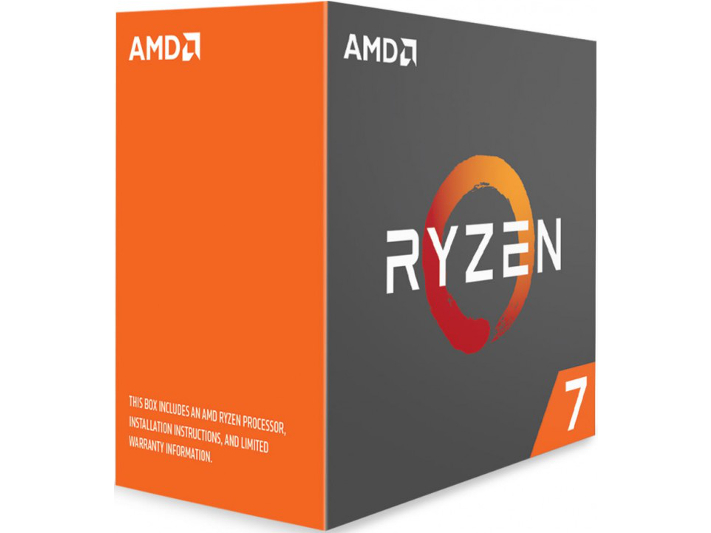
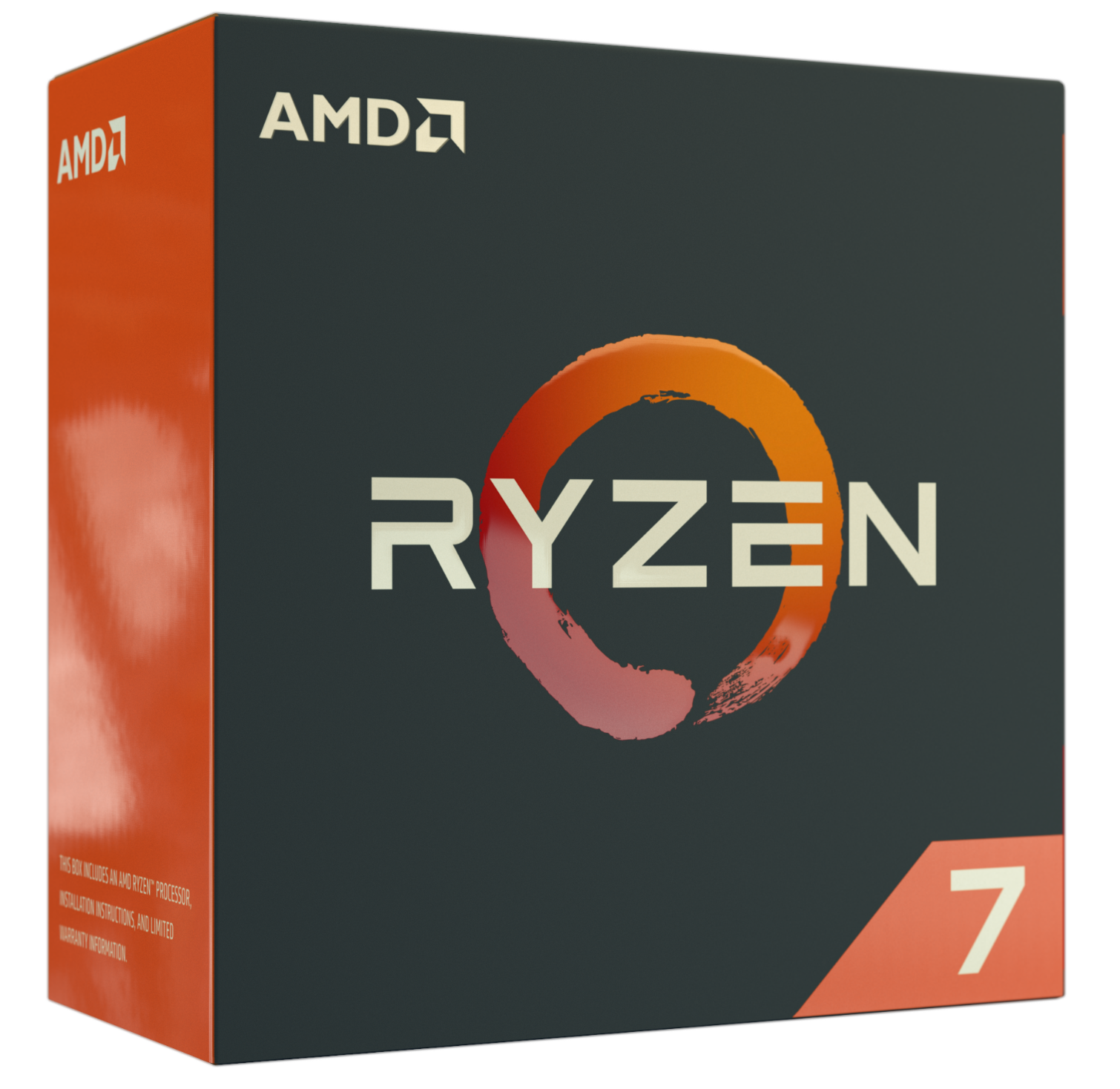

Queue The Cinebench

Once again, AMD treated us to a multi-threaded Cinebench workload against an Intel CPU. AMD claimed that the Ryzen 5 1600X beats the Intel Core i5-7600K in the multi-threaded workload by 69%. The results aren't entirely surprising considering the i5-7600K has only four cores/threads (3.8/4.0 GHz base/boost) at its disposal, whereas the Ryzen 5 1600X weighs in with six cores and twelve threads (3.6/4.0 base/boost Ghz).
As everyone hopefully learned with AMD's pre-launch Ryzen 7 Cinebench benchmarks, the test offers only a narrow view of overall performance and doesn't tell us anything about gaming performance. AMD is tight-lipped about important details (as usual) while it builds up the hype. We will have to wait for our product reviews to determine how well the 1600X stacks up in more diverse workloads (such as gaming).
In-Box Coolers
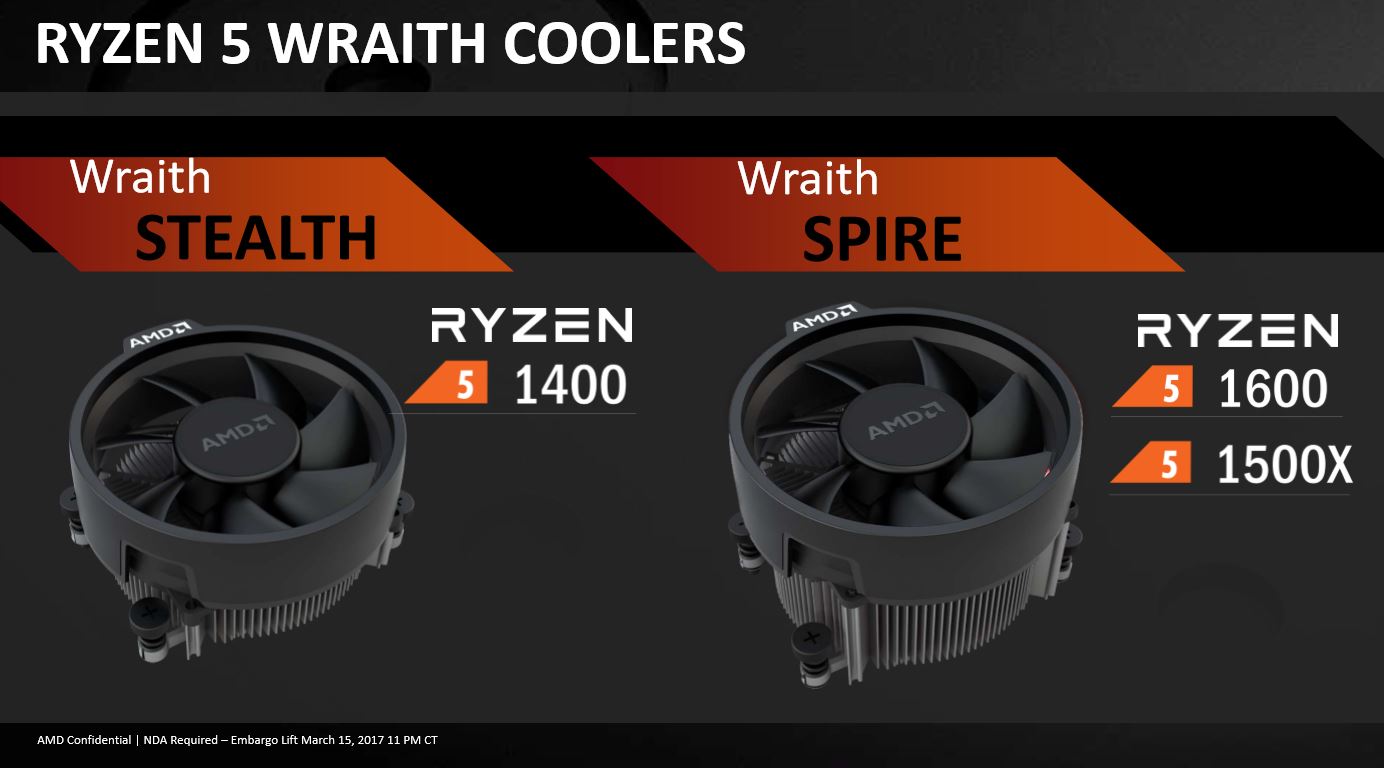
The Ryzen 5 1400 comes with the Wraith Stealth stock cooler, whereas the 1600 and 1500X come with the beefier Wraith Spire. AMD doesn't include a stock cooler with the 1600X, as it predicts that most enthusiasts will use a third-party cooler with the high-end processor. AMD isn't offering its bling-bling LED stock heatsink (the Wraith Spire LED cooler) with the Ryzen 5 processors, and it isn't available separately.
One Socket To Rule Them All
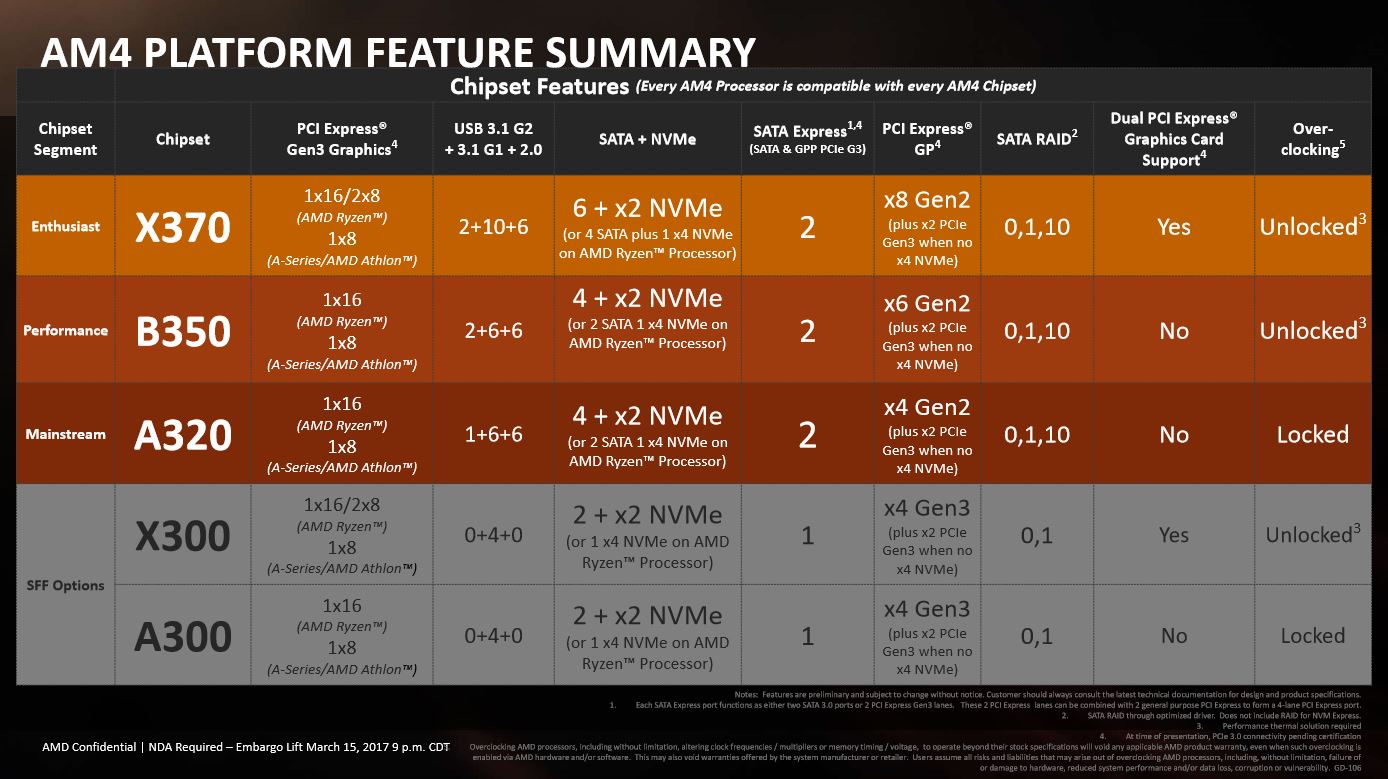
AMD pointed out that most users will use the Ryzen 5 processors with the B350 chipset, which allows for overclocking via the unlocked multiplier (an advantage over Intel's value chipsets). Like the rest of the Ryzen processors, the Ryzen 5 chips will drop into any Socket AM4 motherboard, which provides a wide range of options and also provides an easy upgrade path in the future.
Back To The CCX (Core Complex)
Before we get started on the CCX, here's a small primer for the uninitiated (pulled from our recent Ryzen gaming piece):
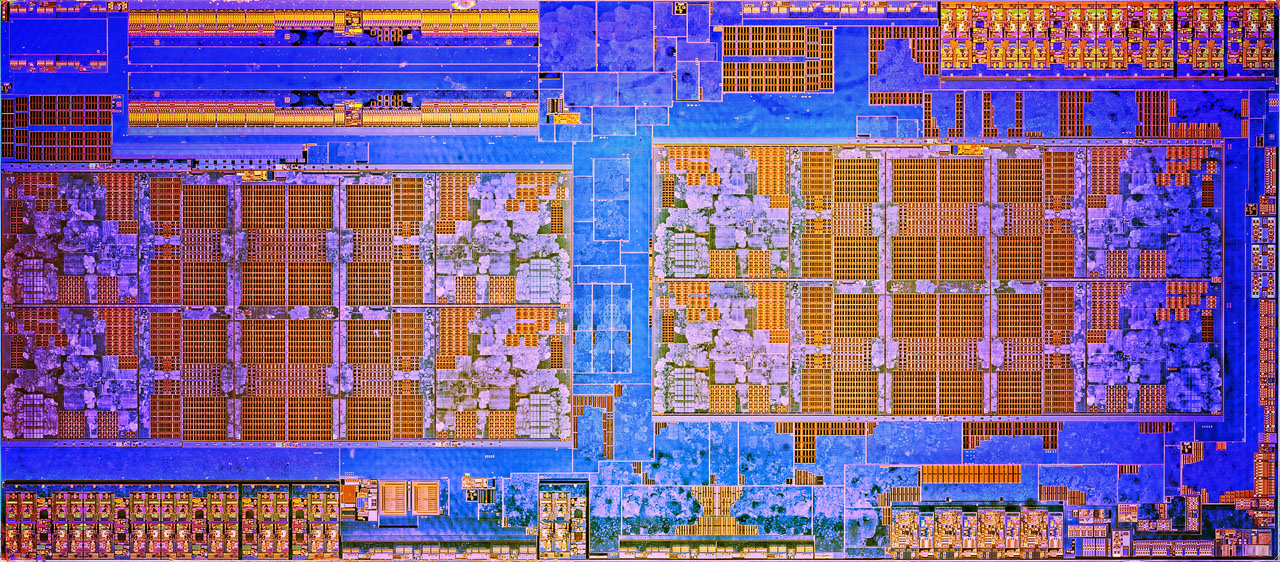

Theories abound as to why Ryzen processors are struggling in gaming metrics, but some of the disparity no doubt comes from an IPC and clock rate deficit compared to Intel's Kaby Lake design. The issue also appears to stem from AMD’s Zen architecture and how applications navigate its cache hierarchy. The Zen architecture employs a four-core CCX (CPU Complex) building block. AMD outfits each CCX with a 16-way associative 8MB L3 cache split into four slices; each core in the CCX accesses this L3 with the same average latency. Two CCXes come together to create an eight-core Ryzen 7 processor (image below), and they communicate via AMD’s Infinity Fabric interconnect. Data that traverses the void between CCXes incurs increased latency, so it's ideal to avoid the trip altogether if possible. Unfortunately, threads migrate between the CPU Complexes, thus suffering cache misses on the local CCX's L3. Threads might also communicate with other threads (and their data) running on the CCX next door, again adding latency and chipping away at overall performance.
UPDATE, 3/16/17, 7:52am PT : AMD has confirmed that the Ryzen 5 processors employ a dual-CCX design. The 6-cores have a 3+3 alignment (three cores on each CCX), and the four-cores use a 2+2 alignment (two cores per CCX). This means the processors will likely suffer the same lower performance in gaming scenarios, and in some cases it might be worse, as the processor will be forced to allocate threads to the second CCX more frequently.
The CCX alignment appears pretty straightforward for the six-core Ryzen 5 models. The Ryzen 5 1600X's base/boost frequencies and TDP matches the Ryzen 7 1800X, so the 1600X employs the same dual-CCX (Core Complex) architecture, albeit with a few cores disabled due to defects (or just for the sake of product segmentation).
Performance could vary depending upon how AMD aligns the disabled cores. We know that latency increases as data navigates the chasm between the two CCX (via the Infinity Fabric). Lopsided core allocations (four cores on one CCX and two on the other, for instance) that vary per processor (perhaps 3+3 on some) could result in varying levels of application performance even among the same models (Update 3/16/17, 7:52am PT: AMD has confirmed that the cores are disabled in a symmetrical alignment). AMD is disabling cores on all of the models, but most still employ the entire 16MB cache, which makes some of the six-core models particularly attractive (based on price) compared to the eight-core Ryzen 7's. The Ryzen 5 1400 is the only model that features a trimmed L3 cache (8MB). The four-core 1500X with 16MB of cache is also impressive- the competitive i5's only come with 6MB of L3 cache, while the i7-7700K has a comparatively paltry 8MB. It will be interesting to measure the performance impact of the healthy L3 cache allotment.
Most importantly, the four-core models will employ a dual CCX design. This means the processors will likely suffer the same lower performance in gaming scenarios, and in some cases it might be worse, as the processor will be forced to allocate threads to the second CCX more frequently.
A single four-core CCX, or only one active CCX on a dual-CCX chip, would help avoid many of the problems that appear to restrict Ryzen 7's gaming performance in many popular titles, and frankly, many enthusiasts were hoping this would be the the case. The four-core 1500X and 1400 have the same 65W TDP as the eight-core Ryzen 7 and the six-core Ryzen 5 1600X and 1600. We would expect a lower TDP or significantly higher clocks within the same TDP envelope with a single-CCX architecture. Retaining the dual-CCX design with active cores on both CCX is far from ideal, and the gaming performance disparity will likely continue.
Competition Returns
The battle between AMD and Intel will be the most fierce in the mid-range and low-end because these segments comprise the vast majority of the market. AMD's Ryzen 5 processors are quite competitively priced, but performance will also dictate whether Intel has to adjust its pricing strategy. The lack of integrated graphics can be both a blessing and a curse. It allows AMD to significantly undercut Intel on pricing, but it also restricts the addressable market.
Once again, AMD doesn't have to beat Intel's Core i7 and i5 series in all tests; it just has to be close, and then let its brutally competitive pricing do the work.
AMD has its much-anticipated Ryzen 3 series coming to market in the second half of the year, and Intel has already added the overclockable dual-core i3-7350K to its lineup. Intel's addition of Hyper-Threading to the Pentium lineup also appears to be an attempt to solidify its product stack in preparation for the low-end Ryzen competition. We will probably have to wait until the Ryzen 3 products land before we see any measurable Intel pricing reaction.
AMD will have the Ryzen 5 processors on store shelves April 11, but much like the Ryzen 7 launch, we wouldn't be surprised to see a pre-order window open up prior to general availability. As always, we would advise those with itchy trigger fingers to wait for our review--particularly, when we explore the performance impact of the CCX implementation on the four-core models.

Paul Alcorn is the Editor-in-Chief for Tom's Hardware US. He also writes news and reviews on CPUs, storage, and enterprise hardware.
-
TechyInAZ WHOO! Ryzen 5!Reply
I hope overclocking is better on ryzen 5 parts, since there are less cores to deal with. -
rhysiam ReplyA single four-core CCX, or only one active CCX on a dual-CCX chip, would help avoid many of the problems that appear to restrict Ryzen 7's gaming performance in many popular titles, and frankly, many enthusiasts are hoping this is the case.
Unfortunately that's NOT the case. Ian Cutress from Anandtech was able to confirm that all 6 core variants are using a 3+3 design, with all Ryzen 5 quad core variants employing a 2+2 configuration. That is a shame, particularly as a quad core with a single fully functional CCX for ~$170 would seem to have a similar markup (percentage wise) to the Ryzen 7 1700 with two fully functional CCX (~$340). Perhaps yields are pretty poor meaning they need to make use of a large number of four core CCXs that only came out with two working cores.
Still, at least AMD isn't playing games by selling some CPUs with 4 + 2, or 4 + 0 and others with different configs. -
Paul Alcorn Reply19431903 said:A single four-core CCX, or only one active CCX on a dual-CCX chip, would help avoid many of the problems that appear to restrict Ryzen 7's gaming performance in many popular titles, and frankly, many enthusiasts are hoping this is the case.
Unfortunately that's NOT the case. Ian Cutress from Anandtech was able to confirm that all 6 core variants are using a 3+3 design, with all Ryzen 5 quad core variants employing a 2+2 configuration. That is a shame, particularly as a quad core with a single fully functional CCX for ~$170 would seem to have a similar markup (percentage wise) to the Ryzen 7 1700 with two fully functional CCX (~$340). Perhaps yields are pretty poor meaning they need to make use of a large number of four core CCXs that only came out with two working cores.
Still, at least AMD isn't playing games by selling some CPUs with 4 + 2, or 4 + 0 and others with different configs.
We've asked repeatedly, AMD hasn't responded. If that is a case that is a potential letdown to a lot of enthusiasts. We'll have to test to be sure, of course.
-
InvalidError Using 2+2 sounds awfully wasteful and sub-optimal performance-wise. I hope that's not true.Reply -
sykozis The Ryzen 5 1500X and 1600 are the processors I've been waiting for. Guess I'll have to look a bit closer at the reviews.Reply -
rhysiam Reply
It is true, unless Ian from Anandtech has been given inaccurate info from AMD:19432044 said:Using 2+2 sounds awfully wasteful and sub-optimal performance-wise. I hope that's not true.
We have confirmation from AMD that there are no silly games going to be played with Ryzen 5. The six-core parts will be a strict 3+3 combination, while the four-core parts will use 2+2. This will be true across all CPUs, ensuring a consistent performance throughout.
Source: http://www.anandtech.com/show/11202/amd-announces-ryzen-5-april-11th
Hopefully they'll get back to Paul and the TH team soon to verify via an alternative source, but I'd take the above as accurate for now. -
rhysiam Reply
I was operating under the assumption that AMD could use a single CCX in a single quad core (8 thread CPU). Is that not the case? Do they have to be used in pairs?19432148 said:How is using a 2+2 more wasteful than throwing the chip away?
**Update - Yes that was my mistake. A single Zeppelin die which makes up Ryzen 5 & 7 constitutes two CCX complexes, and comes in at around 195mm2. I was reading some speculation a while back that suggested Naples (the up to 32 core server Ryzen CPUs) might combine multiple smaller (Zeppelin) dies on a single package and mistakenly thought that's what happened for Ryzen.
It's reasonable to expect that AMD do have smaller Ryzen dies in the works. Likely that Ryzen 3 is a smaller (maybe single CCX) CPU, which is perhaps why it's still a few months away. Had they been able to launch that right now in a quad core format it would be less "wasteful" than the current quad core Ryzen 5 implementations. But yes, if the Zeppelin die is all AMD have ready right now, then you're right that a 50% disable die is the only way AMD can launch a quad core for the time being.
On a side note - the gaming performance issues being associated with the "Infinity Fabric" is just speculation/theorising right now isn't it? No one's actually quantified the performance difference have they? -
sykozis It depends on exactly why they're ending up with a 2+2 chip. In this instance, it looks as though performance will be artificially degraded though due to the "AMD Infinity Fabric" having excessive latency.Reply -
nzalog Reply19432167 said:
I was operating under the assumption that AMD could use a single CCX in a single quad core (8 thread CPU). Is that not the case? Do they have to be used in pairs?19432148 said:How is using a 2+2 more wasteful than throwing the chip away?
They may have to be used in pairs but the logic here is that the silicon that is tested has only 2 (of 4) or 3 (of 4) working cores and is simply turned into 2 cores then paired with another. At least that would be my understanding of it.